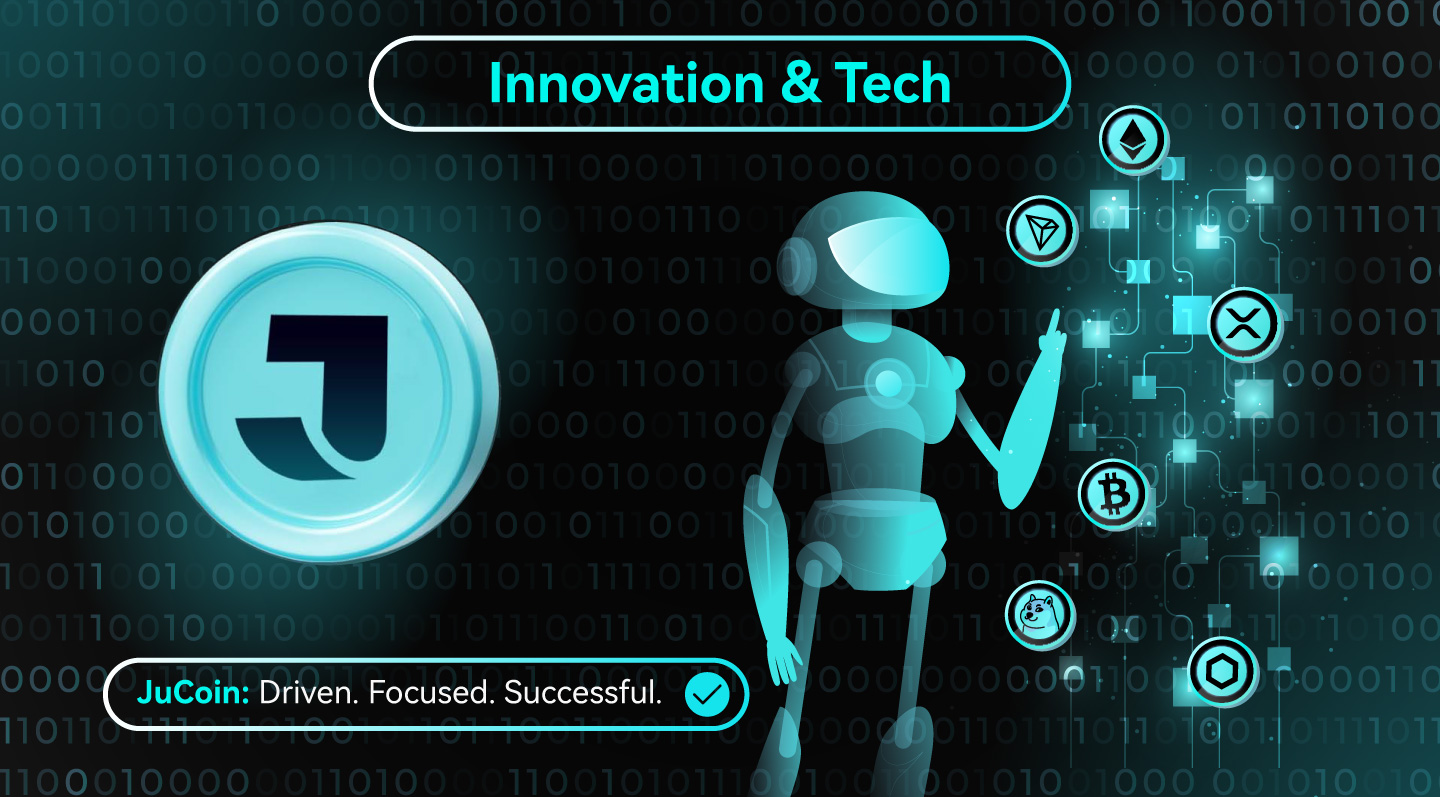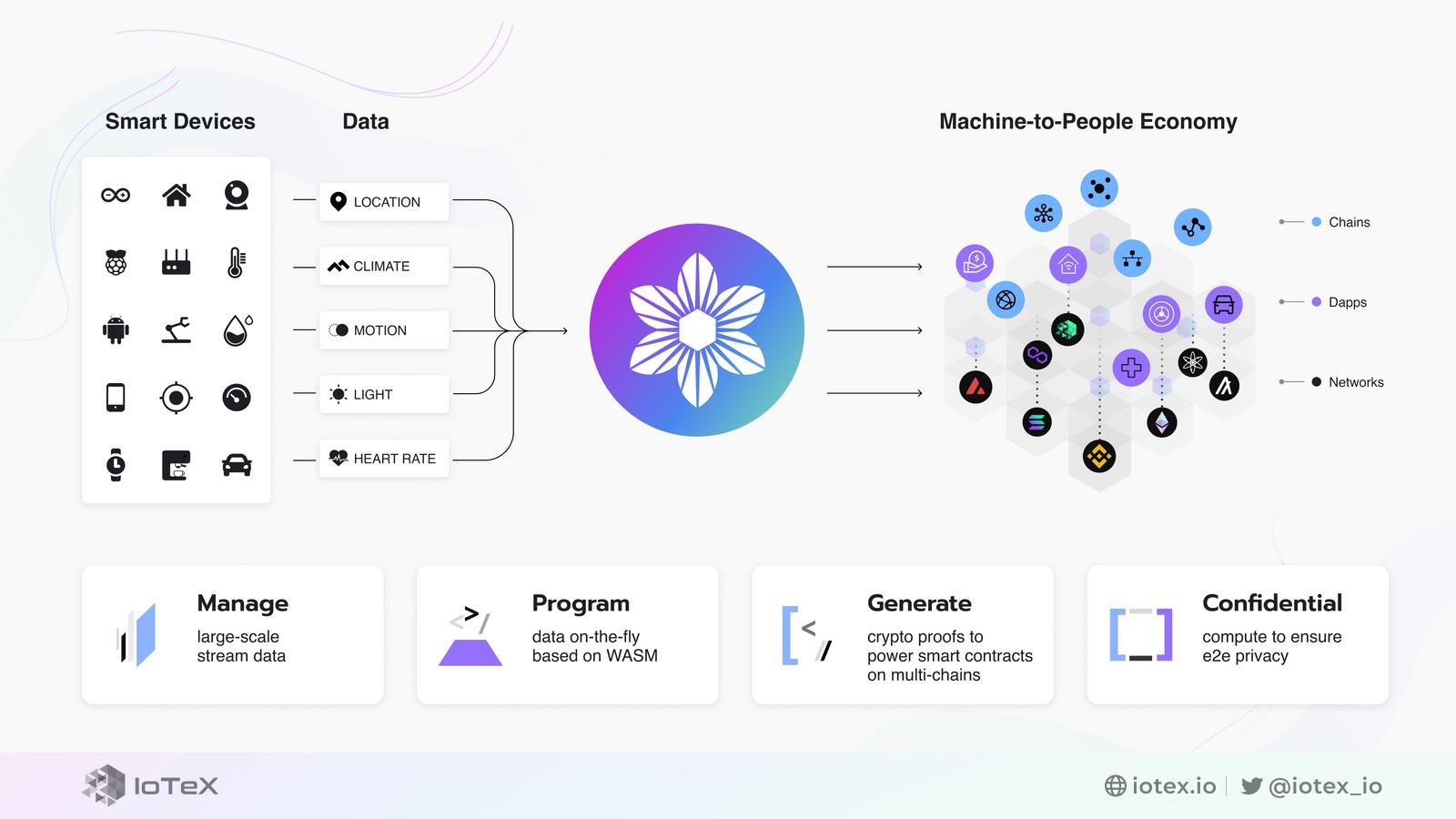
Key Takeaways
- DePIN (Decentralized Physical Infrastructure Networks) leverages blockchain and tokenized incentives to crowdsource the deployment of real-world infrastructure like wireless networks, compute, storage, and sensors.
- It transforms infrastructure from a capital-intensive, centralized model to a decentralized, permissionless system owned and operated by users around the world.
- Real-world use cases are rapidly emerging across sectors including telecom (Helium), AI compute (io.net, Gensyn), cloud storage (Filecoin, Arweave), and mapping (Hivemapper).
- The DePIN ecosystem consists of multiple layers: infrastructure protocols, coordination frameworks, developer tools, analytics platforms, and consumer-facing apps.
- By reducing cost, increasing resilience, and enabling open participation, DePIN offers a scalable foundation for the next generation of Web3 and AI-powered applications.
Physical infrastructure such as wireless towers, GPU clusters, storage servers, and environmental sensors has traditionally been deployed and maintained by centralized corporations. These organizations control access, pricing, and governance of essential resources that power the digital economy. However, this model has limitations. It is capital-intensive, exclusionary, and often inefficient, especially for underserved regions or emerging use cases like AI and decentralized applications. Enter DePIN, or Decentralized Physical Infrastructure Networks.
DePIN uses blockchain-based coordination and tokenized incentives to crowdsource the deployment and management of real-world infrastructure. Instead of relying on a single telecom company to build a network or a cloud provider to offer compute, DePIN allows anyone to contribute resources, such as bandwidth, compute power, or sensor data, and be rewarded for their services.
This bottom-up model is transforming how infrastructure is owned and operated. By distributing incentives and governance to communities rather than corporations, DePIN enables an internet infrastructure that is more accessible, transparent, and aligned with Web3 values.
This Innovation and Tech article explores how DePIN is reshaping physical systems by combining distributed infrastructure with permissionless economic coordination.
What Is DePIN?
DePIN refers to blockchain-powered protocols that coordinate the provisioning of physical infrastructure through decentralized participation and token economics. These networks allow individuals and organizations to contribute hardware resources, from wireless nodes and GPUs to weather stations and storage drives, in exchange for token rewards.
What makes DePIN unique is its combination of smart contracts, verifiable data proofs, and community-driven economics to replace traditional infrastructure monopolies with open marketplaces. Participants can join permissionlessly, without needing approval from a central authority, and their contributions are validated through cryptographic or real-world verification mechanisms such as uptime tracking, proof-of-location, or sensor data validation.
More than just a technical solution, DePIN reimagines infrastructure as a programmable, composable layer of the decentralized web. It introduces economic alignment between service providers, users, and developers, enabling infrastructure to be deployed exactly where it’s needed, on a global scale, without central choke points. As demand grows for AI compute, sovereign data storage, and resilient networks, DePIN presents a scalable alternative to the closed systems that dominate today’s internet.

Key Components of DePIN
The DePIN stack is built on several foundational layers. The incentive layer is driven by tokens that reward participants for contributing usable infrastructure, such as bandwidth, compute cycles, or sensor outputs. These tokens also help align long-term behavior, as staking and slashing mechanisms encourage reliability and quality. The coordination layer relies on smart contracts to match supply with demand, automate payments, and govern protocol upgrades.
This removes the need for intermediaries or centralized schedulers. The verification layer ensures that resources provided are real and usable, whether through zero-knowledge proofs, cryptographic attestations, oracles, or real-time telemetry data. Finally, the marketplace layer enables end users or applications to consume infrastructure services on demand. For example, developers may pay for GPU time, edge compute, or API access using tokens within these marketplaces, all without trusted intermediaries.
Together, these components create a permissionless infrastructure protocol that’s trust-minimized, economically sustainable, and composable across Web3 ecosystems.
Real-World Use Cases For DePIN

DePIN is already being deployed across sectors ranging from wireless connectivity to AI compute and decentralized storage. In wireless, Helium pioneered the model by incentivizing users to install LoRaWAN and 5G hotspots to crowdsource telecom coverage. The network has since migrated to Solana for improved scalability and now includes support from Nova Labs and a growing hardware ecosystem. Competitors like Pollen Mobile, XNET, and Grass are expanding into mobile bandwidth sharing and alternative wireless deployments, each with their own unique incentive models.
In decentralized compute, platforms like io.net, Akash Network, and Gensyn are transforming GPU access. These networks aggregate idle compute from individuals and data centers and match it with demand from AI researchers, developers, and startups needing scalable cloud alternatives. io.net, for example, supports high-volume inference and model training by coordinating tens of thousands of GPUs across a decentralized mesh. Gensyn takes it further by focusing on verifiable training to ensure model integrity.
For decentralized storage, Filecoin and Arweave offer two distinct models. Filecoin facilitates a marketplace for encrypted, verifiable file storage with customizable redundancy, uptime, and pricing. Arweave, in contrast, focuses on permanent data storage, ideal for archiving NFTs, academic content, or public datasets. Both reduce dependency on centralized cloud providers and ensure long-term data availability.
Sensor networks are also thriving. WeatherXM incentivizes users to deploy local weather stations, creating hyper-localized forecasts valuable to agriculture, insurance, and logistics sectors. DIMO transforms vehicles into data collection tools, enabling drivers to monetize location, telemetry, and diagnostics data. Hivemapper, a decentralized mapping platform, rewards contributors who drive with dashcams and share street-level imagery. This real-time data competes with centralized map providers while remaining openly accessible.
The energy sector is also seeing DePIN experimentation. Projects like Plug and PowerPod enable peer-to-peer energy sharing, allowing users to sell excess solar energy or operate decentralized EV charging stations. These systems can form microgrids or provide backup power during outages, coordinated entirely through smart contracts. Meanwhile, in content delivery, projects like Livepeer and Theta allow users to contribute bandwidth and transcoding power for decentralized video streaming, reducing reliance on traditional CDNs.
The DePIN Ecosystem
The DePIN ecosystem is rich and layered, with projects operating across infrastructure, coordination, tooling, and consumer access.
At the infrastructure level, protocols like Akash, io.net, and Gensyn provide decentralized compute, while Filecoin and Arweave handle data storage. Helium, XNET, and Pollen Mobile offer community-deployed wireless networks, and platforms like WeatherXM and DIMO lead in real-world sensor integration.
Coordination and middleware projects like Peaq Network provide identity, staking, and governance systems for machines, while Ritual facilitates decentralized workload routing and orchestration. Other tools like Wynd Network act as data verifiers and oracle layers, helping ensure information integrity across DePIN systems.
Toolkits such as Wayfinder provide modular interfaces and agent architecture, allowing developers to interact with DePIN services programmatically. Nodle offers mobile SDKs that convert smartphones into passive data-capturing nodes. Compute-specific tools like Bacalhau and Redpanda are helping developers manage distributed compute workflows and real-time analytics pipelines.
On the consumer side, apps like the DIMO App, Helium Wallet, and Hivemapper Dashcam bridge user interactions with decentralized infrastructure. These apps enable onboarding, earnings tracking, and device management, lowering the barrier to participation for non-technical users.
Analytics and indexing platforms are also maturing. Messari and Token Terminal have begun tracking DePIN metrics like active nodes, earnings, and infrastructure throughput. Projects like Grass and Datahive collect vast volumes of real-world data and provide dashboards for contributors and developers to evaluate system performance.
The funding landscape is increasingly supportive. Layer-1 ecosystems such as Solana, Polygon, and Cosmos have launched DePIN-focused grants and builder programs. Venture firms like Multicoin Capital, Borderless Capital, and Framework Ventures have backed major DePIN projects from seed to growth stage. Accelerators including Alliance DAO and Beacon are incubating new startups in verticals like compute, mapping, and energy infrastructure.

Benefits of DePIN
DePIN offers several structural advantages over traditional infrastructure. First, it democratizes access. Anyone with the right hardware can become a node operator, removing centralized bottlenecks and allowing infrastructure to grow organically where demand exists. This makes DePIN especially attractive for underserved areas where corporate deployment is economically unfeasible. Second, it improves resilience by spreading infrastructure across thousands of independent nodes. If one node fails, others can take its place, ensuring high availability even during natural disasters, blackouts, or censorship events.
DePIN is also more cost-efficient. It monetizes underutilized assets such as idle GPUs, dormant bandwidth, or spare solar power, reducing the need for new capital expenditures. Because pricing and rewards are managed programmatically through smart contracts, overhead is low and coordination is transparent. Finally, DePIN infrastructure is composable. Developers can integrate storage, compute, or connectivity into decentralized apps with minimal friction, unlocking new use cases in AI, DeFi, gaming, identity, and more.
DePIN’s Strategic Significance
DePIN represents a major evolution in how the world builds and governs physical infrastructure. By enabling decentralized, token-incentivized networks for compute, storage, bandwidth, sensors, and energy, DePIN makes infrastructure permissionless, transparent, and community-owned. These networks don’t just replicate traditional models, they redefine them, shifting control from corporations to protocols, and from intermediaries to code.
As AI systems scale, Web3 applications mature, and global internet access becomes more vital than ever, DePIN offers a framework that’s open, resilient, and aligned with users. It is not just a promising subsector of crypto, it is foundational to the decentralized future of the internet.





